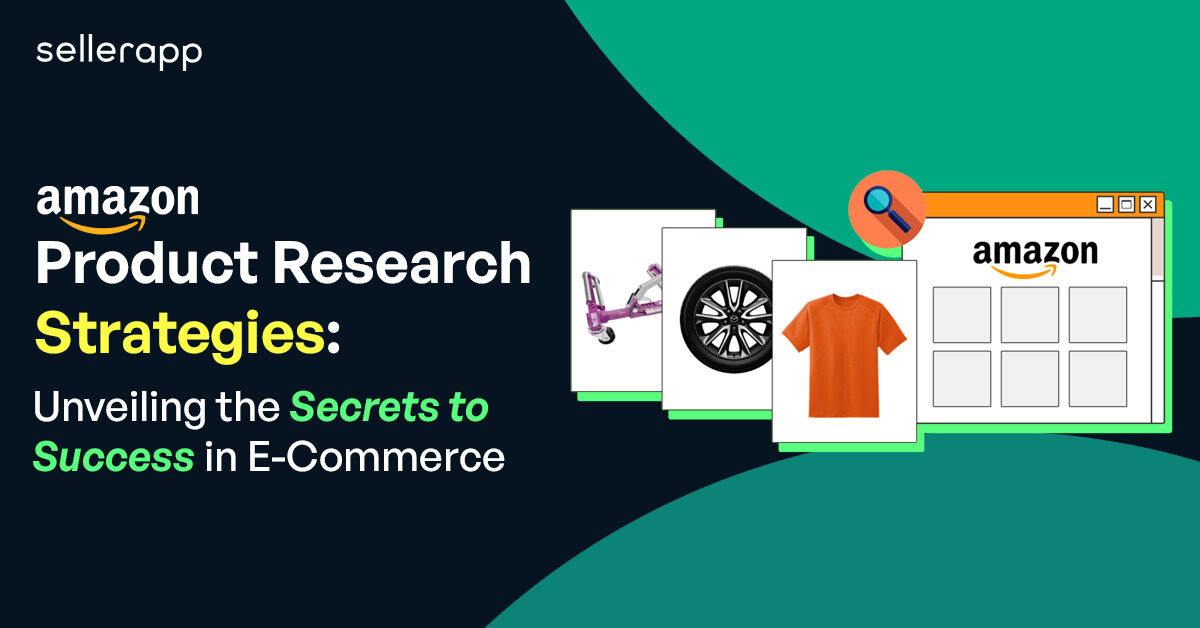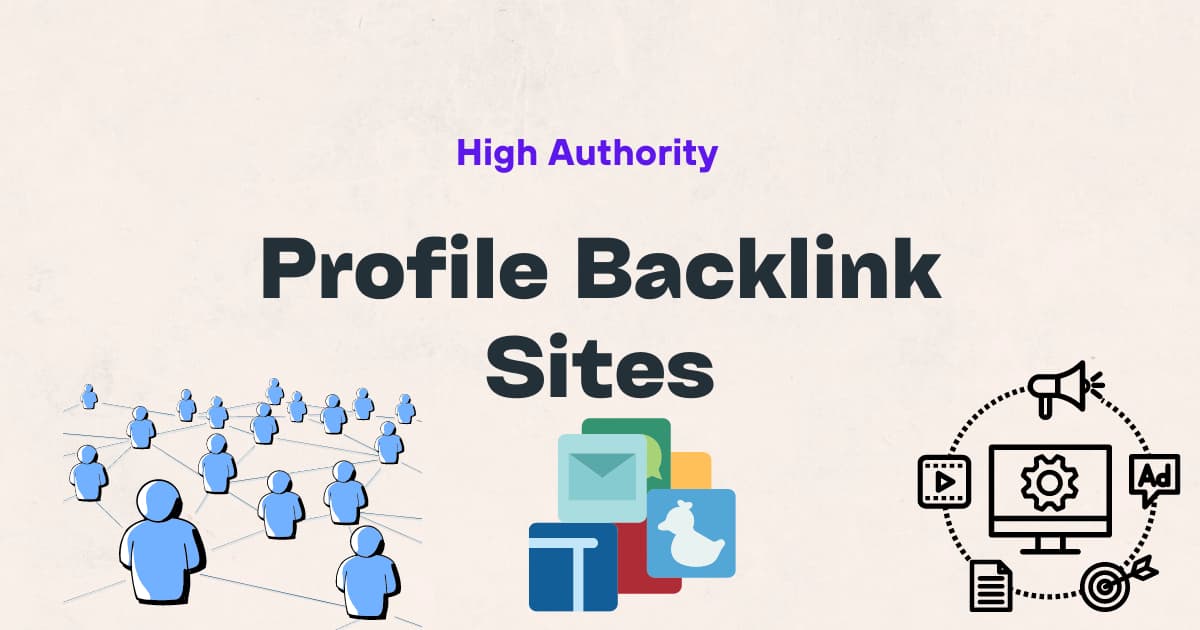Discover the most effective e-commerce fulfillment strategies, essential for maximizing efficiency and customer satisfaction. By implementing a streamlined order processing system and utilizing advanced technology, e-commerce businesses can optimize their fulfillment operations.
In today’s highly competitive online marketplace, having a well-planned fulfillment strategy is crucial for success. From inventory management to shipping and delivery, every aspect of the fulfillment process must be carefully planned and executed to ensure prompt and accurate order fulfillment.
By focusing on efficiency, scalability, and customer satisfaction, e-commerce businesses can gain a competitive edge and drive growth in the digital marketplace.

Understanding E-commerce Fulfillment
Discover effective strategies for optimizing e-commerce fulfillment to streamline operations and enhance customer satisfaction. Learn how to implement efficient processes that ensure timely order processing and delivery, leading to increased sales and business growth online.
What Is E-commerce Fulfillment?
E-commerce fulfillment refers to the process of receiving, processing, and delivering online orders to customers. It involves various stages, from inventory management and order processing to packing and shipping. The ultimate goal of e-commerce fulfillment is to ensure that customers receive their online purchases in a timely and efficient manner.
Why Is E-commerce Fulfillment Important?
E-commerce fulfillment plays a crucial role in the success of online businesses. It is important for several reasons:
- Satisfied Customers: Efficient fulfillment ensures that customers receive their orders quickly and accurately, leading to increased customer satisfaction. Happy customers are more likely to become repeat buyers and recommend the business to others.
- Competitive Advantage: In the highly competitive e-commerce landscape, fast and reliable fulfillment can give businesses a competitive edge. With the rise of options like same-day and next-day delivery, providing swift order fulfillment can attract customers and differentiate a business from its competitors.
- Brand Reputation: Holding a strong reputation for prompt and reliable fulfillment can enhance a brand’s image. Conversely, poor fulfillment practices can lead to negative reviews and damage a brand’s reputation, which may result in lost sales and customers.
- Operational Efficiency: Streamlining e-commerce fulfillment processes can help businesses optimize inventory management, reduce costs, and improve overall operational efficiency. Implementing effective fulfillment strategies can minimize errors and delays, leading to fewer returns and higher profit margins.
Key Elements Of Effective E-commerce Fulfillment
Having a well-organized inventory system is crucial for e-commerce success. Regularly updating and monitoring inventory levels ensures smooth operations. Utilize software tools to track stock levels in real-time. Implement automation for optimal efficiency.
Efficient order processing speeds up delivery times to satisfy customers. Packaging products securely prevents damage during shipping and enhances customer satisfaction. Use sustainable materials to reduce environmental impact and appeal to eco-conscious shoppers.
Choosing reliable shipping partners ensures timely delivery and customer satisfaction. Offer various shipping options to accommodate diverse customer preferences. Implement package tracking for customers to monitor their orders in real-time.
Optimizing Inventory Management
Optimizing inventory management is crucial for e-commerce businesses to ensure efficient operations and customer satisfaction. Effective management of stock replenishment and utilization of inventory tracking systems play a vital role in streamlining the fulfillment process and meeting customer demand. By implementing the most effective strategies, businesses can minimize stockouts, reduce carrying costs, and improve overall operational efficiency.
Effective Stock Replenishment
Implementing an efficient stock replenishment strategy is fundamental for e-commerce businesses to maintain a healthy inventory level. Utilizing data-driven forecasting techniques and demand analysis can help in determining optimal reorder points and quantities. By closely monitoring sales trends and customer demand, businesses can avoid overstocking or stockouts, thereby optimizing inventory turnover and minimizing holding costs.
Utilizing Inventory Tracking Systems
Utilizing advanced inventory tracking systems enables businesses to gain real-time visibility into their inventory levels, locations, and movement. By leveraging barcode scanning, RFID technology, or automated inventory management software, businesses can accurately track and manage their stock. This facilitates accurate order fulfillment, reduces the risk of errors, and enhances overall inventory accuracy, leading to improved customer satisfaction and operational efficiency.
Streamlining Order Processing And Packaging
Streamlining order processing and packaging is crucial for a successful e-commerce fulfillment strategy. It involves implementing efficient methods to handle orders swiftly and ensuring that products are securely packaged for shipment. By streamlining these processes, e-commerce businesses can improve customer satisfaction and operational efficiency.
Implementing Automated Order Processing
Automated order processing involves using technology to manage and fulfill orders, reducing the need for manual intervention. This can include automated inventory management, order routing, and real-time order tracking. By implementing automated order processing systems, e-commerce businesses can minimize errors and process orders more quickly, leading to improved customer satisfaction and streamlined operations.
Efficient Packaging Strategies
Efficient packaging strategies are essential for minimizing shipping costs and ensuring that products arrive in optimal condition. This includes using the right packaging materials, optimizing package sizes, and implementing automated packaging solutions where possible. By prioritizing efficient packaging strategies, e-commerce businesses can reduce shipping expenses and minimize environmental impact while safeguarding product integrity.
Ensuring Smooth Shipping And Delivery
When it comes to e-commerce, smooth shipping and delivery are crucial for customer satisfaction and retention. Businesses need to implement effective strategies to ensure that the shipping process is seamless and the products reach their customers in a timely manner. In this blog post, we will discuss the most effective e-commerce fulfillment strategies, focusing on the subheading: Ensuring Smooth Shipping and Delivery.
Choosing Reliable Shipping Partners
Choosing reliable shipping partners is essential for ensuring smooth shipping and delivery in e-commerce. Businesses should carefully evaluate and select shipping partners that have a proven track record of timely deliveries and excellent customer service. Partnering with trusted carriers and logistics companies can significantly improve the overall shipping experience for customers.
Offering Fast And Affordable Shipping Options
Offering fast and affordable shipping options is paramount for meeting customer expectations in e-commerce. Providing expedited shipping services and affordable shipping rates can attract more customers and lead to increased conversions. By offering a range of shipping options, including standard, express, and free shipping, businesses can cater to diverse customer preferences and enhance their overall shopping experience.
Leveraging Technology For E-commerce Fulfillment
If you want your e-commerce business to thrive in today’s competitive market, leveraging technology for e-commerce fulfillment is essential. In this digital age, technology plays a crucial role in streamlining operations and enhancing customer satisfaction. By adopting the right tools and strategies, you can optimize your fulfillment processes and achieve greater efficiency. Two effective ways to leverage technology for e-commerce fulfillment include utilizing e-commerce platforms with built-in fulfillment features and integrating third-party fulfillment solutions.
Utilizing E-commerce Platforms With Built-in Fulfillment Features
One efficient way to leverage technology for e-commerce fulfillment is by using e-commerce platforms that come equipped with built-in fulfillment features. These platforms, such as Shopify, WooCommerce, and BigCommerce, offer a wide range of tools and functionalities to support smooth fulfillment processes.
With these platforms, you can easily manage your inventory, track orders, and automate various tasks related to fulfillment. They provide intuitive interfaces that allow you to keep track of stock levels, monitor product availability, and fulfill orders promptly. By utilizing these built-in features, you can save time and reduce errors, ensuring a seamless fulfillment experience for your customers.
Integrating Third-party Fulfillment Solutions
Another effective way to leverage technology for e-commerce fulfillment is by integrating third-party fulfillment solutions into your existing systems. These solutions, offered by trusted providers like ShipBob, ShipStation, and Fulfillment by Amazon (FBA), bring advanced functionalities to your fulfillment process.
By connecting your e-commerce platform to a third-party fulfillment solution, you can greatly enhance order management, inventory control, and shipping capabilities. These solutions typically offer real-time syncing of inventory, order tracking, and automated shipping label generation. They can also provide advanced analytics and reporting, enabling you to gain insights and make data-driven decisions. Integrating these solutions can help you scale your operations effectively while providing accurate and reliable fulfillment services to your customers.
Since there is no conclusion paragraph mentioned in the instruction, it is not provided here.
Implementing Customer-centric Fulfillment Practices
Implementing customer-centric fulfillment practices is crucial to ensuring customer satisfaction and retention in the competitive e-commerce landscape. By prioritizing the needs and preferences of customers, businesses can establish long-lasting relationships and build a loyal customer base. Two key strategies for customer-centric fulfillment include providing real-time order tracking and offering flexible return and exchange policies.
Providing Real-time Order Tracking
Real-time order tracking is a valuable feature that allows customers to monitor the status of their orders from the moment they are placed until they are delivered. This transparency not only instills trust but also provides customers with peace of mind. With real-time order tracking, customers can stay updated on their order’s progress, know when to expect delivery, and plan accordingly.
Here are a few benefits of providing real-time order tracking:
- Increased transparency: Customers appreciate being informed about their order’s whereabouts, reducing frustration and uncertainty.
- Improved customer satisfaction: Real-time tracking enhances the overall shopping experience and reinforces the perception of a customer-centric business.
- Reduced customer inquiries: With order updates readily available, customers are less likely to reach out with questions, easing the burden on customer support teams.
Offering Flexible Return And Exchange Policies
Another essential aspect of customer-centric e-commerce fulfillment is the implementation of flexible return and exchange policies. By providing hassle-free returns and exchanges, businesses build trust and confidence in their brand, reassuring customers that their satisfaction is a top priority.
Consider the following benefits of offering flexible return and exchange policies:
- Higher customer satisfaction: Customers are more likely to make a purchase when they have the option to return or exchange an item if it doesn’t meet their expectations.
- Enhanced brand reputation: A lenient return policy demonstrates a company’s commitment to customer satisfaction, fostering positive word-of-mouth referrals.
- Increased customer loyalty: Customers are more likely to become repeat buyers if they have a positive returns experience, leading to long-term customer loyalty.
By implementing customer-centric fulfillment practices such as real-time order tracking and flexible return and exchange policies, e-commerce businesses can set themselves apart and drive customer satisfaction. Building trust, improving the shopping experience, and fostering loyalty are all essential elements of a successful e-commerce strategy.
Analyzing And Optimizing Fulfillment Performance
Discover the most effective e-commerce fulfillment strategies through the analysis and optimization of fulfillment performance. Enhance your business operations, increase customer satisfaction, and drive growth with these strategic insights.
Analyzing and Optimizing Fulfillment Performance is crucial for e-commerce success. Tracking Key Performance Indicators (KPIs) allows businesses to monitor their efficiency. Identifying and Addressing Bottlenecks is key to maximizing fulfillment performance. These strategies ensure a streamlined and efficient e-commerce operation.
Tracking Key Performance Indicators (kpis)
Sales, shipping times, and customer satisfaction are vital KPIs to monitor. Utilize analytics tools to track these metrics consistently. Adjust strategies based on KPI data to enhance fulfillment efficiency.
Identifying And Addressing Bottlenecks
Pinpoint areas where delays occur in the fulfillment process. Streamline operations by removing bottlenecks promptly. Enhancing workflow in these areas can lead to significant performance improvements.

Frequently Asked Questions On Unveiling The Most Effective E-commerce Fulfillment Strategies
What Are The Fulfillment Strategies For Ecommerce?
E-commerce fulfillment strategies include dropshipping, where products are shipped directly from the manufacturer, and warehousing, where products are stored and shipped in-house. Other strategies include outsourcing fulfillment to third-party logistics providers or using a combination of multiple strategies for optimal efficiency.
Why Is Order Fulfillment Such An Important Part Of Successful E-commerce?
Order fulfillment is crucial for successful e-commerce as it ensures timely delivery to customers, fosters loyalty, and enhances reputation. Efficient fulfillment boosts customer satisfaction, encouraging repeat purchases and positive reviews, ultimately driving sales and business growth.
What Does E-commerce Fulfillment Mean?
E-commerce fulfillment means the process of handling orders, packaging products, and shipping them to customers. It involves managing inventory, coordinating with logistics partners, and ensuring prompt delivery. Overall, it ensures a smooth and efficient online shopping experience for customers.
What Is The Ec Order Fulfillment Process?
The EC order fulfillment process involves receiving, processing, and shipping customer orders seamlessly. Once an order is placed, it is picked, packed, and dispatched for delivery. This ensures timely delivery and customer satisfaction.
Conclusion
In light of these strategies, enhancing e-commerce fulfillment is key. Customer satisfaction is paramount. Align your tactics with consumer needs. Logistics plays a vital role. Constant evaluation and adaptation are crucial. Implement these insights to boost efficiency and drive growth in your e-commerce business.




